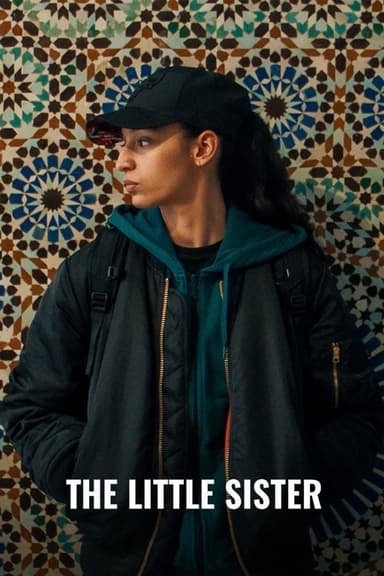
The Big Sleep
1978 • Crime, Mystery • R
Private eye Philip Marlowe investigates a case of blackmail involving the two wild daughters of a rich general, a pornographer and a gangster.
Runtime: 1h 40m
Why you should read the novel
Raymond Chandler’s 'The Big Sleep' stands as a masterpiece of detective fiction, offering not only a twisting narrative but also an evocative portrait of 1930s Los Angeles. The novel’s rich, poetic prose and complex characters provide a level of depth and immersion that cannot be fully captured on screen. Reading Chandler’s original work allows you to savor his distinctive style and the intricate inner workings of the famous detective Philip Marlowe.
Delving into the novel enables you to experience Chandler’s razor-sharp dialogue and the atmosphere of a corrupt and glamorous city. The book’s suspense and detail draw you into a gritty world, where every clue and conversation is meticulously crafted. You’ll discover layers of noir sophistication, subtle humor, and social commentary that adaptational films often streamline or omit.
For fans of mystery, crime, and literary artistry, 'The Big Sleep' is essential reading. Chandler’s ability to weave suspense with philosophical undertones makes the novel far more than just a straightforward whodunit. By choosing the book, you’ll unlock the nuances and psychological complexity that set Chandler’s writing apart from any cinematic adaptation.
Adaptation differences
The 1978 adaptation of 'The Big Sleep' moves the story from 1930s Los Angeles to contemporary (for the film) England, changing the cultural and atmospheric context of the story. This shift alters the original setting’s dynamics, impacting the way the characters interact with their environment and each other. The British backdrop introduces new social textures and visual cues distinct from Chandler’s neon-lit, rain-swept LA.
The tone and mood of the film also differ from the book. Chandler’s Marlowe is deeply introspective, and his narration shapes much of the novel’s experience, providing insight into his moral compass and world-weariness. The film, like many visual adaptations, focuses more on external action and plot, sacrificing some of the novel’s nuanced internal monologue and philosophical musings.
Plot-wise, the adaptation streamlines and sometimes rearranges the book’s intricate mysteries. Certain characters are renamed or combined, and some subplots are omitted or resolved differently to fit the run time and pacing of a movie. This often results in a less ambiguous, more direct narrative than Chandler’s famously convoluted and ambiguous original, which invites repeated readings and analysis.
Finally, the character of Philip Marlowe in the film is shaped by both the actor’s interpretation and the updated setting, leading to differences in demeanor and style. While the book’s Marlowe is rooted in the American private eye tradition—tough yet philosophical—the film’s version is colored by 1970s British attitudes and genre expectations. This shift inevitably changes how viewers and readers perceive the story’s central detective.
The Big Sleep inspired from
The Big Sleep
by Raymond Chandler














